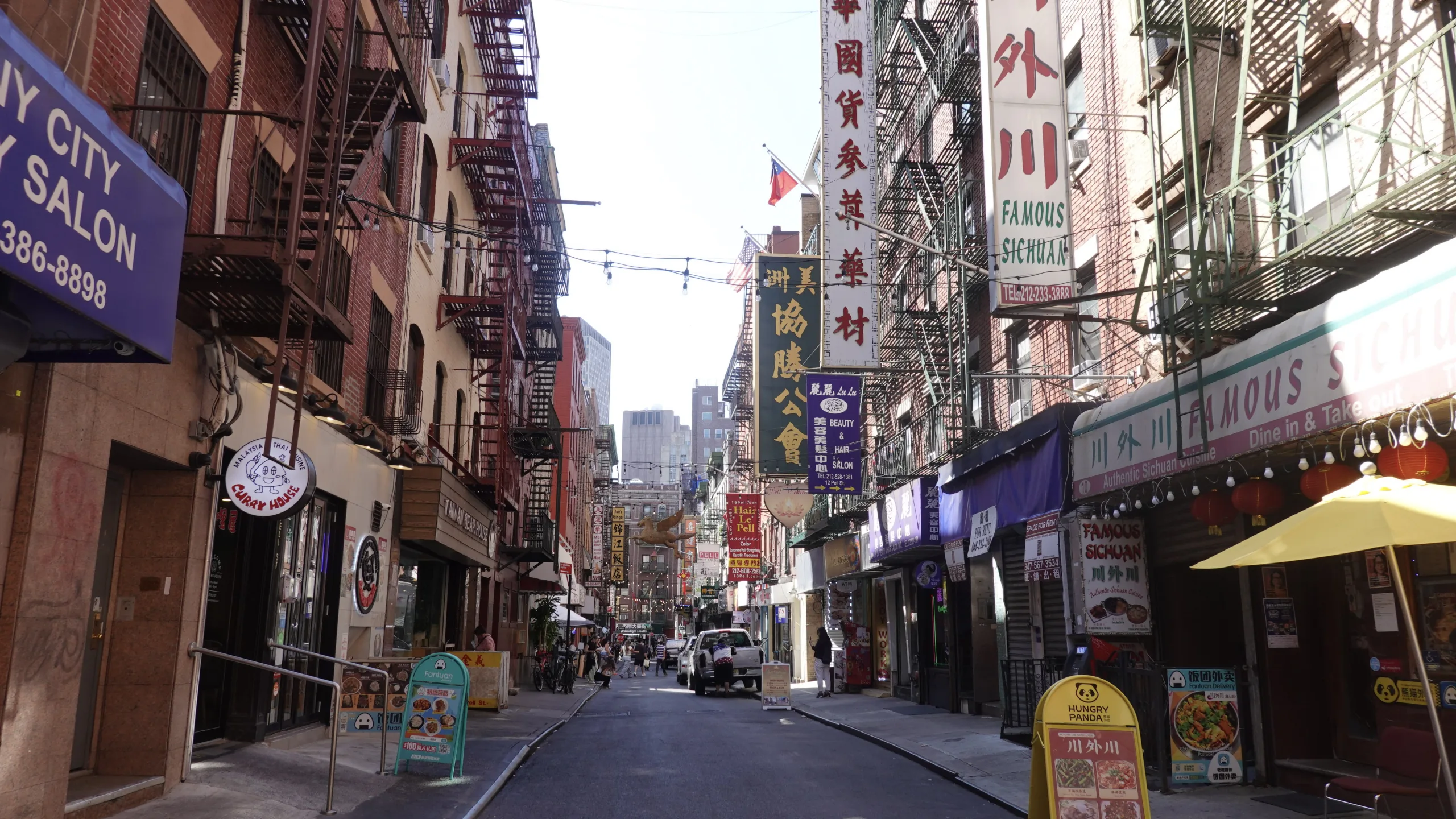With New York City being renowned as both a union town as well as the gateway for millions of immigrants, a new study shows that immigrant New Yorkers make up an essential portion of the city’s unions. Researchers affiliated with the CUNY School of Labor and Urban Studies discovered that immigrant New Yorkers make up the majority of union members in the five boroughs.
The report, titled The State of the Unions 2025: A Profile of Organized Labor in New York City, New York State, found that overall, the city’s union membership rate is higher than the national average, with 20.5% of workers in the city belonging to a union in 2024–25, more than double the national average of 9.9% in 2024.
According to the researchers, the high rate of union membership among immigrant workers demonstrates how vital immigrant workers have been in sustaining the organized labor movement in the city.
Immigration News, Curated
Sign up to get our curation of news, insights on
big stories, job announcements, and events happening in immigration.

Please check your email for further
instructions.
Immigrant workers represented a slight majority of workers in unions, with a 22.3% membership rate in 2024–25, compared to 21.1% among U.S.-born workers. Naturalized U.S. citizens have higher rates of union membership than native born workers, with 26.7% compared to 20.4%.
For immigrant workers, belonging in a union has contributed to higher incomes.
The report found that immigrant union members earned a median hourly wage of $27.50 in 2024–25, compared to $22.50 for non-union immigrants — a 22% premium.
 Source: CUNY School of Labor and Urban Studies
Source: CUNY School of Labor and Urban Studies
The data also revealed that non-citizen immigrants lag behind other groups, with just 12.7% of them belonging to a union. According to the report, non-citizens are disproportionately recent arrivals who are more likely to be employed in informal sectors with extremely low unionization rates.
Union membership rates among immigrants aren’t homogeneous across all geographic regions. Asian-born immigrants have relatively low unionization rates, at 12.6%, while Latin American immigrants’ unionization rates are substantially larger, at 22.0%. Among unionized immigrant groups, African immigrants by far have the highest union density, 27.1%, compared to only 22.3% of U.S.-born New Yorkers belonging to a union.
As the Trump administration continues its immigration crackdown, as well as gutting federal workplace protections that disproportionately affect immigrant workers, the report warns that without public policy at the city, state, and national levels, ongoing federal anti-immigrant policies could further undermine the labor movement’s gains.
“Where immigrants have stable access to formal employment, their unionization rates meet or exceed those of U.S.-born workers,” report co-author Ruth Milkman, Distinguished Professor at the CUNY School of Labor and Urban Studies and the CUNY Graduate Center, said in a statement shared with Documented. “That strength is helping to sustain New York’s union advantage.”

